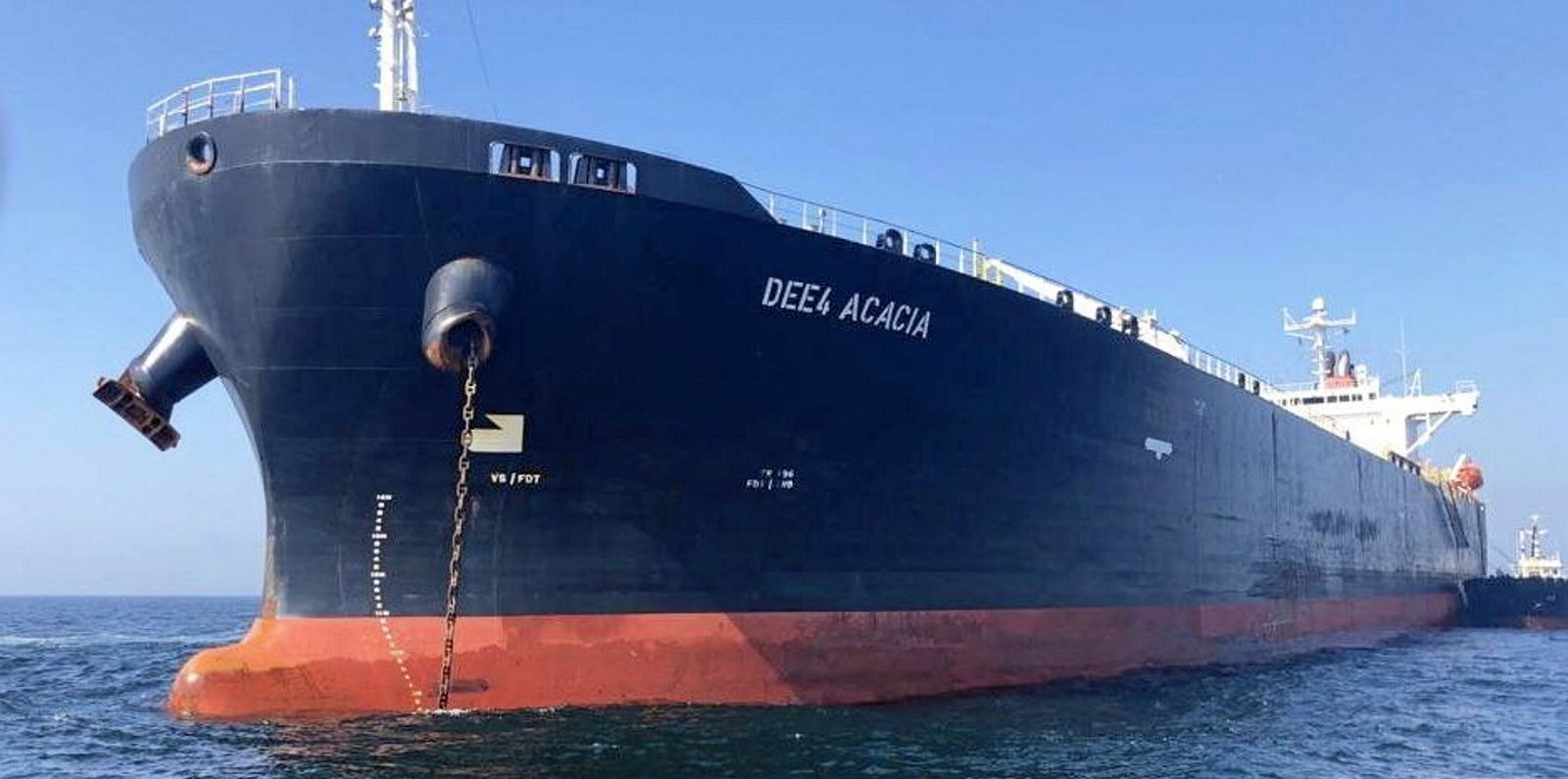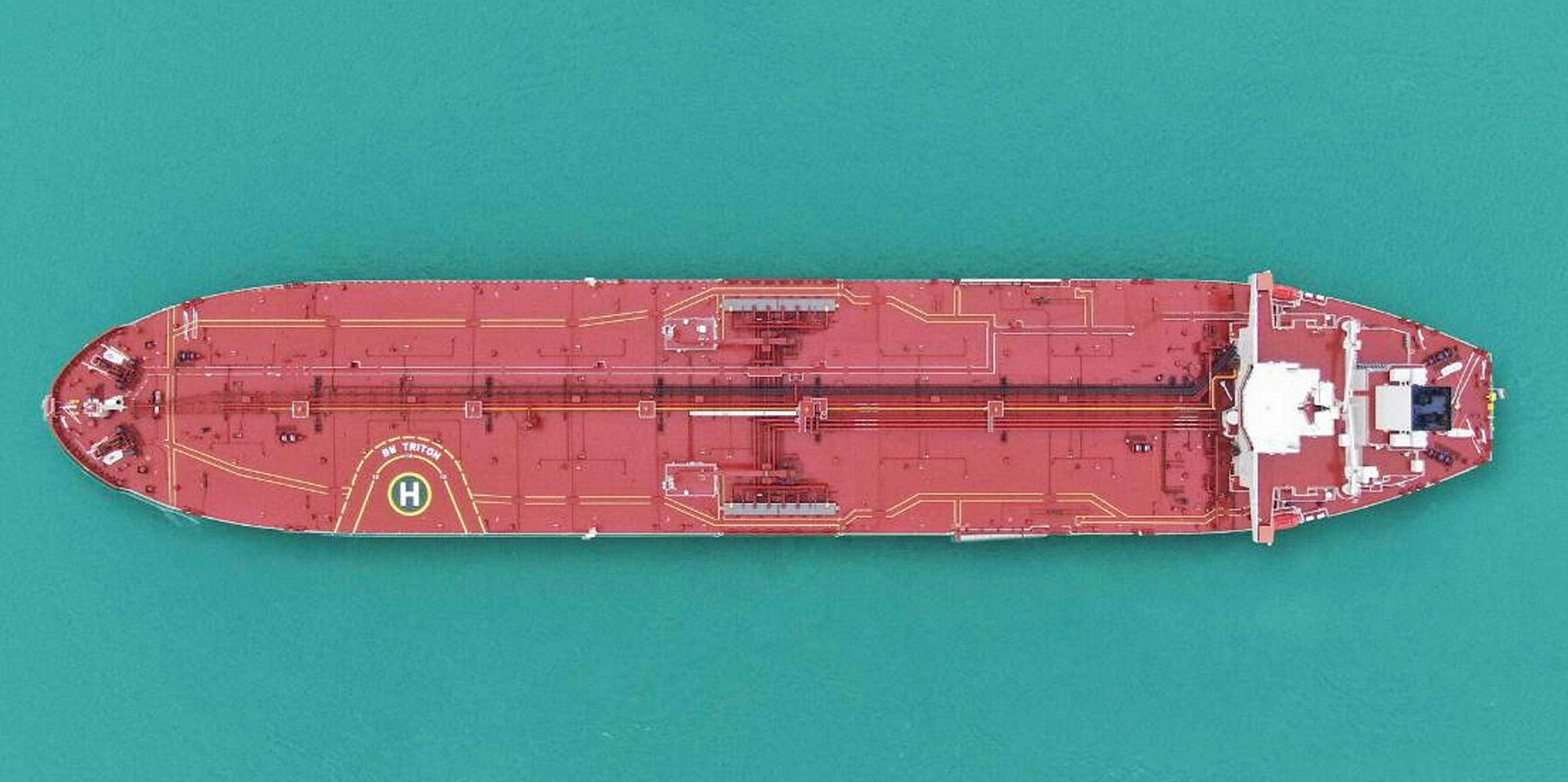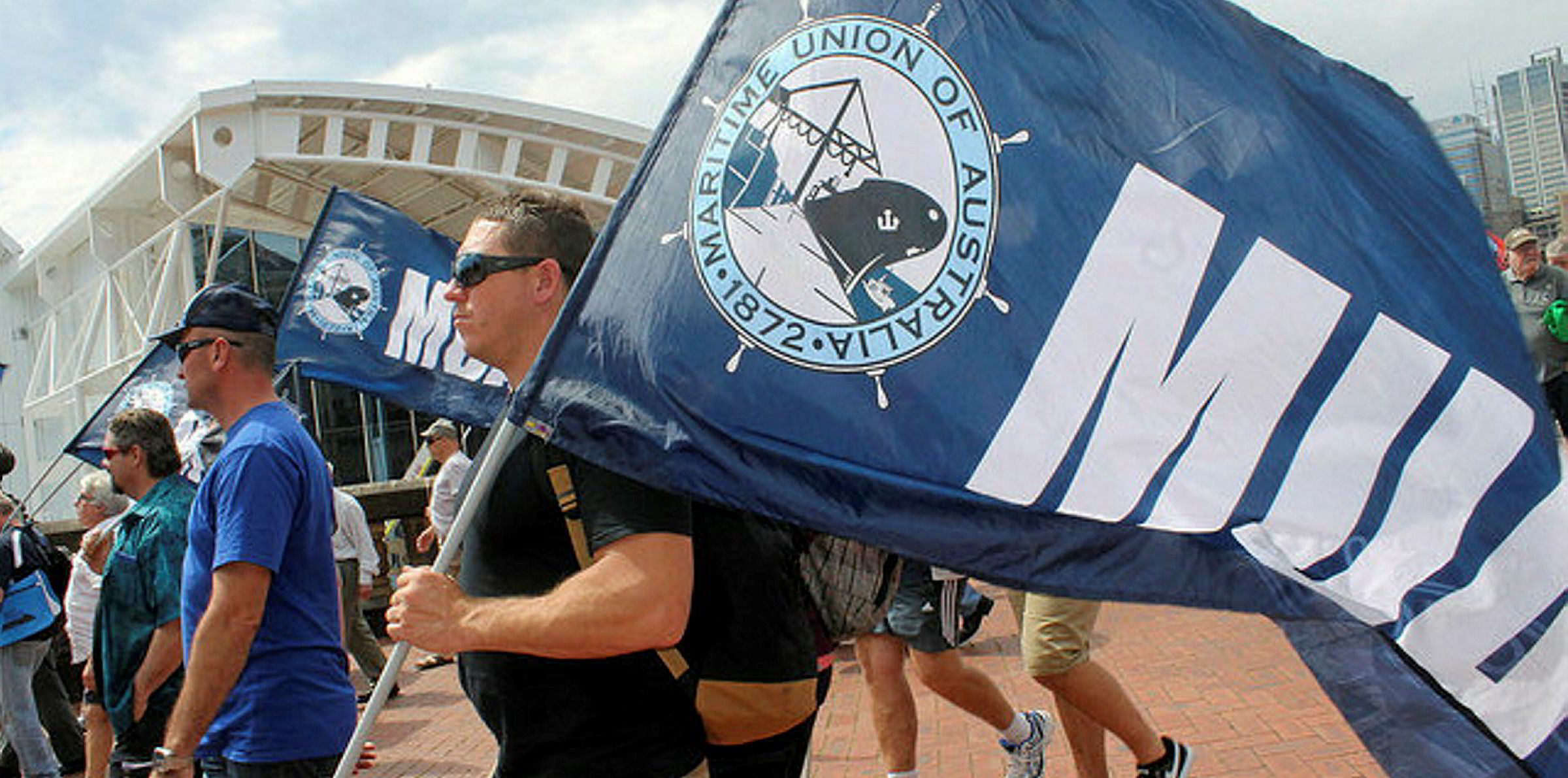Australia’s closure of its refineries over the past seven years has added 67bn tonne miles to regional tanker trades, according to a top shipbroker.
The country is now at a crossroads, with a choice between keeping its refining industry alive or increasing fuel imports to meet its domestic refined products demand.
Between 2012 and 2015, BP shut its Brisbane refinery with a crude processing capacity of 102,000 barrels per day (bpd), while Ampol closed its 135,000-bpd Kurnell refinery and Shell its 75,000-bpd Clyde plant, both near Sydney.
Viva Energy and Ampol are considering closing their refineries at Geelong, southwest of Melbourne, and at Lytton, near Brisbane. BP recently said it would close its Kwinana refinery, on the other side of the country, near Perth.
This could potentially leave Australia with one major refinery — ExxonMobil’s Altona in Melbourne.
“CPP [clean petroleum product] imports in 2012 averaged 305,000 bpd compared to 578,000 bpd in 2019, equating to a rise of 67bn tonne miles over the period,” said Simpson Spence Young (SSY).
“Annualised 2020 volumes basis January-August data puts levels this year up another 6.9bn tonne miles, with scope for this to come in even higher as demand recovers from the pandemic, with the final restrictions being eased in Victoria from late October after [a] 112-day lockdown.”
Latest government data shows Australia’s CPP imports averaged 606,000 bpd in July and August, up 100,000 bpd from the second quarter.
“Volumes from India and the Middle East Gulf (MEG) rose by 94,000 bpd year-on-year to 111,000 bpd, contributing to an annual gain in tonne-miles of 4.15bn over the two months,” SSY said.
LR1 cargoes totalled 43 in 2019, up from just one or two in 2012-2015, while LR2s were only reported on this trade for the first time in 2015 and rose to 84 fixtures last year
SSY
Looking at reported spot fixtures, SSY said MRs have been the main beneficiaries of the increase in trade to Australia, with 275 voyages reported fixed so far this year, compared with 268 in full year 2019 and 86 in 2012.
“LR1 cargoes totalled 43 in 2019, up from just one or two in 2012-2015, while LR2s were only reported on this trade for the first time in 2015 and rose to 84 fixtures last year,” SSY said.
Diverse range of suppliers
“However, the trade on the larger ships has dropped this year as cargoes from north east Asia decline and volumes from south east Asia and India/MEG on MRs grow.”
Singapore-based Vortexa analyst Serena Huang told TradeWinds that Australia imports from a diverse range of suppliers in the region.
“Singapore, China, South Korea and India are among the top suppliers, according to our data, each with a 10 % to 20% market share in gasoline, jet and diesel combined year to date,” she said.
“The country added diesel imports from a new source to its portfolio after the 175,000-bpd Hengyi refinery in Brunei came online end-2019.”
Huang said Australia has been receiving three to six MR-sized cargoes from Brunei each month, with Vitol, Ampol and BP the most active charterers.
Long-haul US West Coast spot diesel cargoes have also made their way to Australia this year, with a total of six MR tankers seen so far.
“Maintaining this diversity in suppliers will be key in protecting Australia’s fuel security,” Huang said.
According to SSY, the closure of the refineries is also going to affect the Asian aframax trade, with the refiners already reducing their intake of Malaysian crudes in particular.
“Government data shows Australia’s crude imports averaged 345,000 bpd in the first quarter of 2020, but dropped to 115,000 bpd in June, the lowest in records SSY has dating back to 2008,” it said.
Levels were back at 202,000 bpd in August, but are set to fall again when facilities begin to close.
“The aframaxes that bring crude into the region provide a naturally available tonnage supply for Australia’s crude and condensate exports,” SSY said.
The shipbroker said crude exports hit 431,000 bpd, up 132,000 bpd year on year in August, the highest since July 2010 and up from 275,000 bpd in the first quarter of 2020.
“While the decline in shipments to Australia will remove cargoes from southeast Asia and potentially weigh on the market, this could be offset by a rise in fleet inefficiency if more ballasters are required to meet the likely rise in Australian crude and condensate exports once their domestic needs fall,” SSY said.






